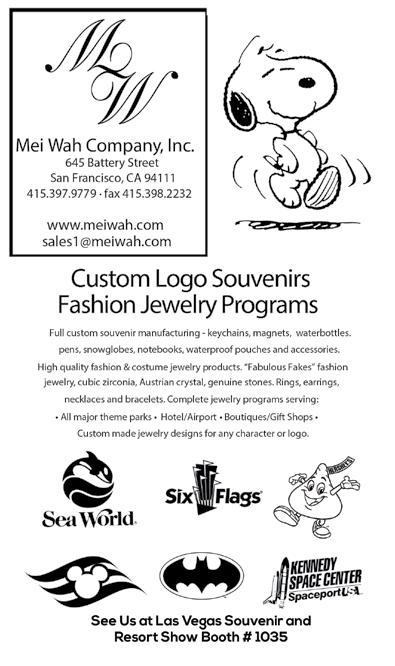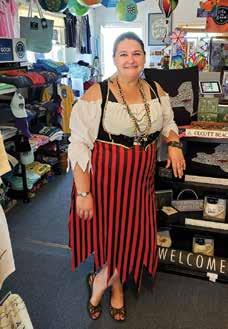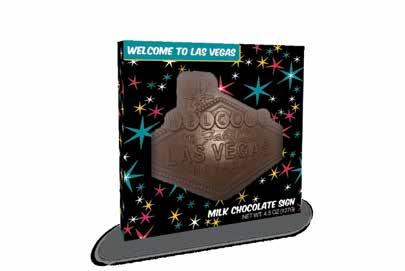
4 minute read
Las Vegas Souvenir Report
What Sells Best (From page 94)
the quality of the product lines. We try to buy from the U.S. whenever we can.” Additionally, they try to carry items made by local vendors in their 3,500- square-foot store as much possible. “We sell more larger items instead of smaller things like magnets. The trinkets like magnets and keychains aren’t as popular as they used to be, although foreign travelers may want something small because of limited space. And of course, women always like to buy jewelry,” he explained.
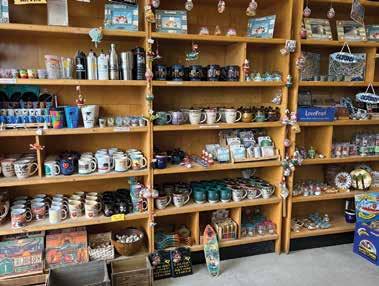
At Treasure Chest in Hermosa Beach, Calif., apparel is a top souvenir. “People love our T-shirts and hoodies year-round,” said Owner Darren Eichhorn . “The reason is quality and style— wearable designs from the best vendors like Blue 84, Techstyles, Duck Company, and Black Anchor.”
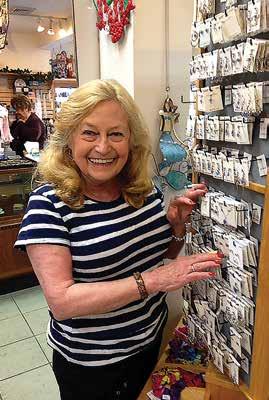

Some retailers have noticed trends in their markets; others haven’t noticed current standout items. Eichhorn said there is a huge demand for stickers—“water bottle/laptop quality stickers with T-shirt grade designs have replaced the fridge magnet in terms of quantity bought,” he explained. Unzens and Young both said the demand for locally-made or -inspired items does not seem to be slowing down. “We sell shot glasses and all of that sort of merchandise that is made in China, but the interest is really in local arts and crafts—we’re doing better than ever with that,” Unzens said. “Our locally-made jewelry is really nice stuff. Our artisans use sterling silver, pearls…it’s very up-market.”
Eichhorn carries locally made items that fit their 2,000 square foot store’s casual, fun, and funky atmosphere. “We carry a great locally made map puzzle of the area, a drinking party game created by one of our own called Wasteland, a cool stylist and fun local hat and patch product called Pull Patch, sunglasses by Dizm and sand in a bottle art by Bobby Carlson,” he explained. Retailers turn to different methods to find their merchandise.

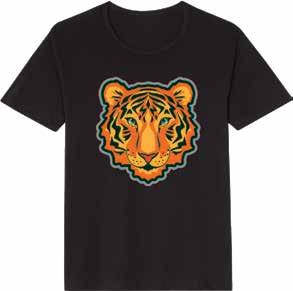
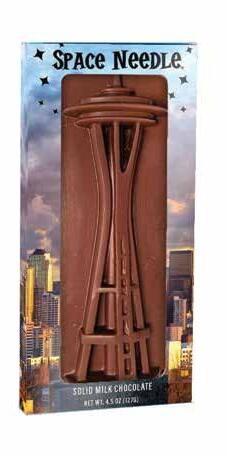

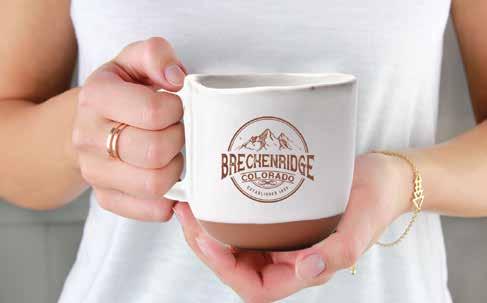
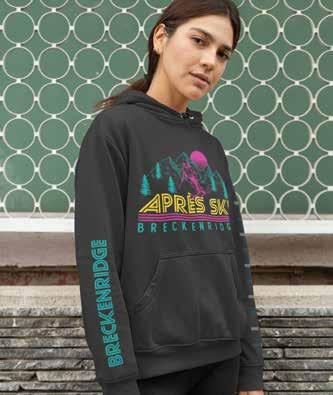

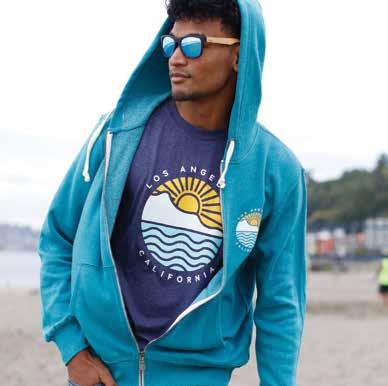
Las Vegas
What Sells Best (From page 96)
“I like to visit other stores that are doing well in relatively similar markets and see what they are carrying. But overall, it seems to me that souvenirs don't require innovation, but they do require quality,” Eichhorn said. “People want to buy something that lasts as long as the memory.” Unzens has a core group of artisans and crafters she has worked with for over a decade and said she is not currently looking to add to the list of vendors for her 3,000-square-foot store. “They always come up with new items. I’m very happy with what I have. We tell them what we need and they make it for us—we have a close relationship. We’re a business, but not an art gallery; we have exceptional items,” she said.
Likewise, Hume has developed strong working relationships with many of his vendor reps throughout his years in business. He said online direct wholesale marketplaces like Faire are giving sales reps some stiff competition. “We just used it for the first time,” he said. “A lot of vendors will have to do some soul searching as to whether they want to cut out their reps or still rely on them. We have some long-standing relationships with many of our reps. The squeaky wheel gets the oil—if we see a lot of our reps, they’re the ones who get the orders.” Young suggests “finding a niche that no one else in your area has, and using local sales reps!”
Merchandising is one of the most fun aspects of retail. “We are predominantly a ‘folded’ store. If we have a fun shirt that is reminiscent of a classic rock band, it won’t be seen by the right customer unless it is displayed,” Eichhorn said. “By simply hanging it, we can hear a customer’s reaction and the shirt that didn’t sell begins to move. If you are a folded store, display and model a garment wherever you can, especially if the design has humor or any messaging at all.”
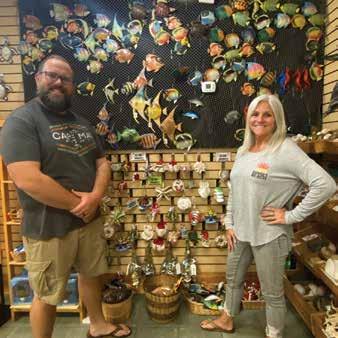

Young’s basic tips for a good display are to make them easy to see and access, with clear labels (i.e., prices); color and balance are also essential.
“Merchandising is really important to keep the store exciting,” Unzens said. “We frequently move things around. We have what we call ‘outposts’ for every artist so customers can see their work. It is very clean in our store, not careless. In a display, the lighting is very important. We have wall décor and have it lit up very brightly and have nice shelving. I’m a designer by profession, so I usually do the displays myself. It works.”
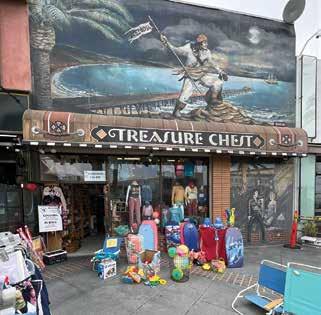
Hume is a strong believer in arranging items with a common theme. “You can’t just look at one or two items that will get lost among a hodgepodge of other items. If we can’t make a statement with a line, we aren’t going to buy it. A lot of our displays are not that fancy. We have some nice hutches and shelving. We get so busy, we don’t have much time to create vignettes—it’s usually 1-2 lines per display piece, and [the merchandise on] each hutch tells a story. We display most of our lines together— signs everywhere the customer still is hesitant to ask for help.” He continued, “Also, price items. It builds immediate trust for the customer that is far from home and doesn't want to feel like they have been suckered or ‘had’ by a price pulled out of thin air.” And with so many retailers welcoming out-of-town visitors, be an ambassador for your community. Young suggested, “Always be happy to see the customers and make them feel welcome! Also, know about your area to be able to offer suggestions—local restaurants, places to stay, things to do, et cetera.” ❖ we’ll sometimes mix and match 2-3 lines within a product category.”
Many customers return to their favorite souvenir store year after year because they know they will find the perfect item; great customer service is another reason beach stores enjoy repeat business. Eichhorn said, “When it comes to sizes keep the floor well stocked and make announcements that you have more if they don't see theirs (if you do of course). Even with
